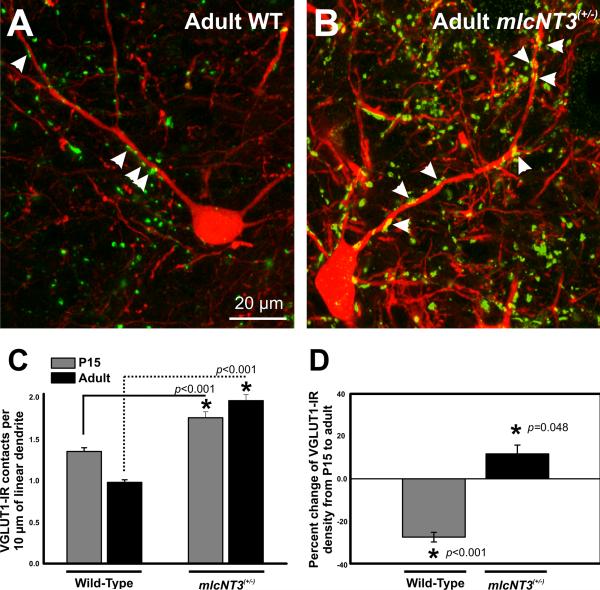Figure 4. Density of VGluT1-immunoreactive contacts on postnatal Renshaw cells in the ventral horn of control and mlcNT3(+/-) mice.
A,B, High magnification images of VGluT1-immunoreactivity (FITC, green) on adult Calbindin-immunoreactive (CB-IR; Cy3, red) Renshaw cells (RCs) of control and mlcNT3(+/-) mice. Arrowheads indicate VGluT1-IR contacts on RC dendrites. There are fewer contacts on RCs from Ia afferents in control mice compared to mlcNT3(+/-) mice. C, VGluT1-IR contacts per 10 μm of linear dendrite of P15 and adult CB-IR RCs in control and mlcNT3(+/-) mice. In control animals, VGluT1-IR density on RCs decreases significantly from P15 (1.35 ± 0.05 VGluT1+ contacts per 10 μm of linear dendrite, number of RCs=57; number of animals=5) to adult (0.98 ± 0.03, # RCs=35, N=4; p<0.001, one-way ANOVA). In contrast, RCs in mlcNT3(+/-) mice showed a significant increase from P15 (1.76 ± 0.07, number of RCs=40, N=3) to adult (1.97 ± 0.10, number of RCs=24, N=3; p=0.041, oneway ANOVA). At all ages analyzed, RCs from mlcNT3(+/-) mice showed significant increases in the density of VGluT1-IR contacts when compared to age-matched controls (p<0.001, t-test). D, Percentage change in the density of VGluT1-IR contacts on RCs from P15 to adult in control and mlcNT3(+/-) mice. VGluT1-IR contact density decreases by ~30% from P15 to adult in control animals (p<0.001, t-test). In contrast, in mlcNT3(+/-) animals, the density of VGluT1-IR contacts increases by ~11% from P15 to adult. Therefore, it appears that increasing Ia afferent input density on RCs prevents their de-selection. Scale bars: A and B (in A), 20 μm.

